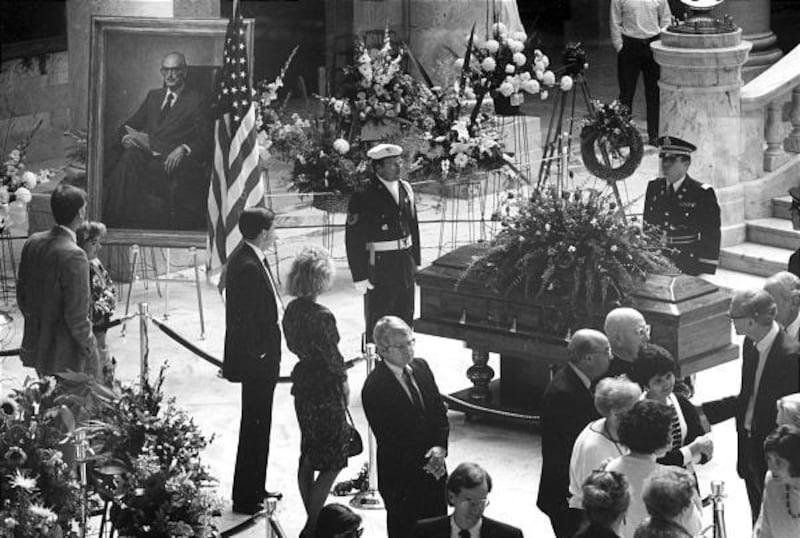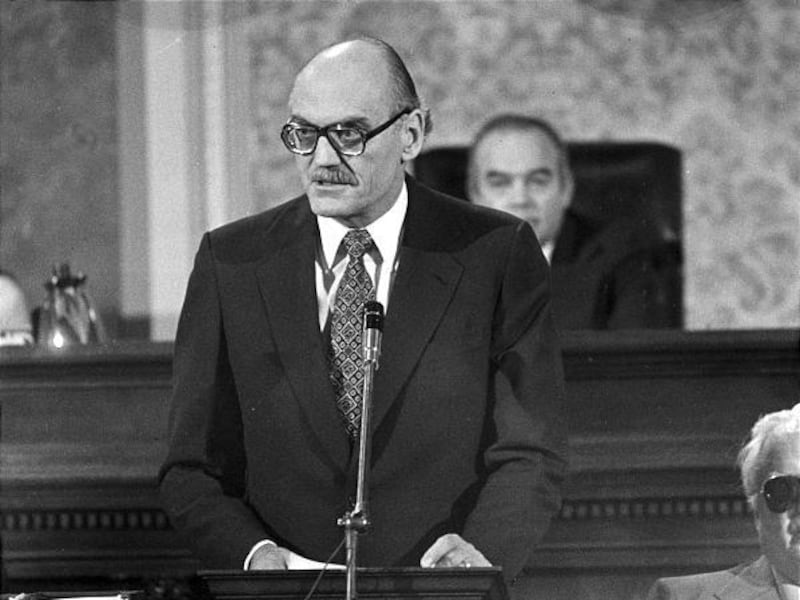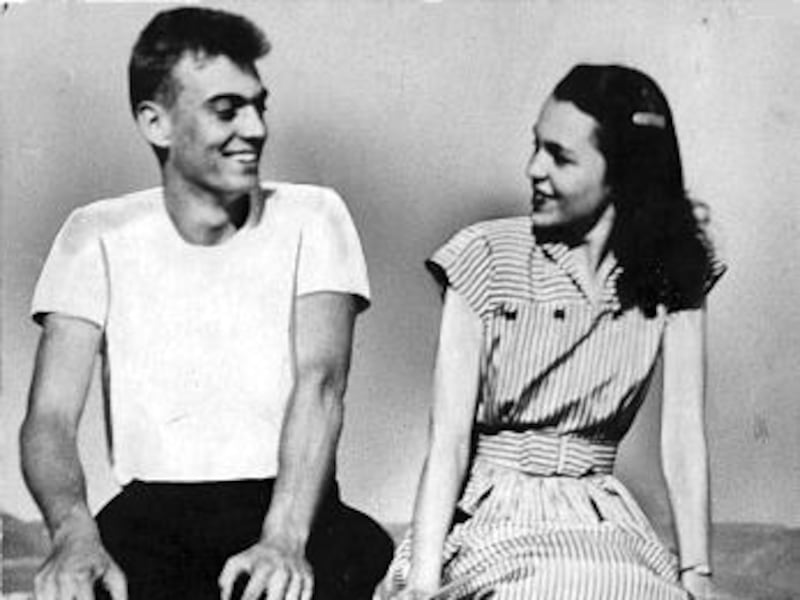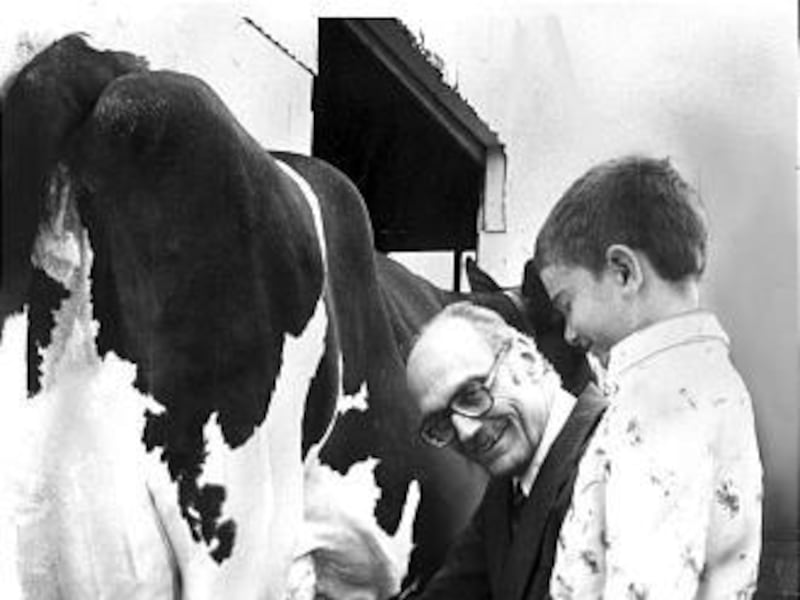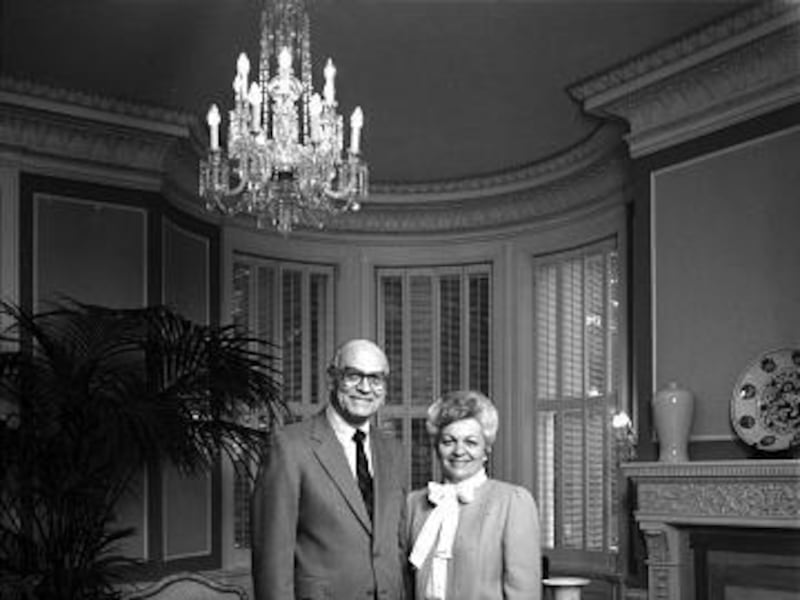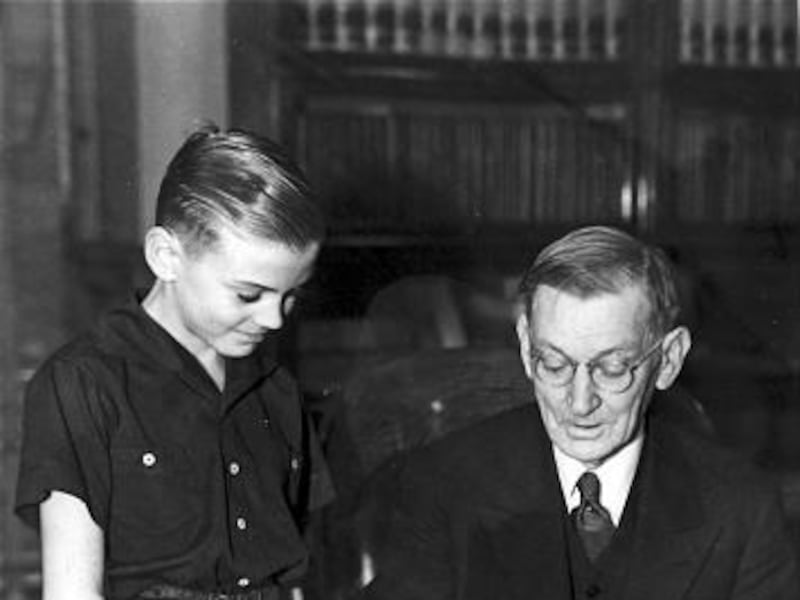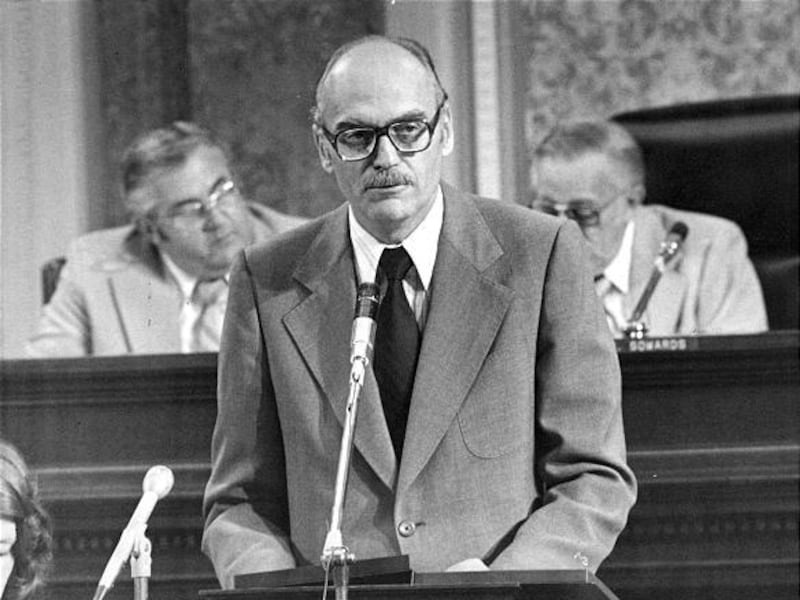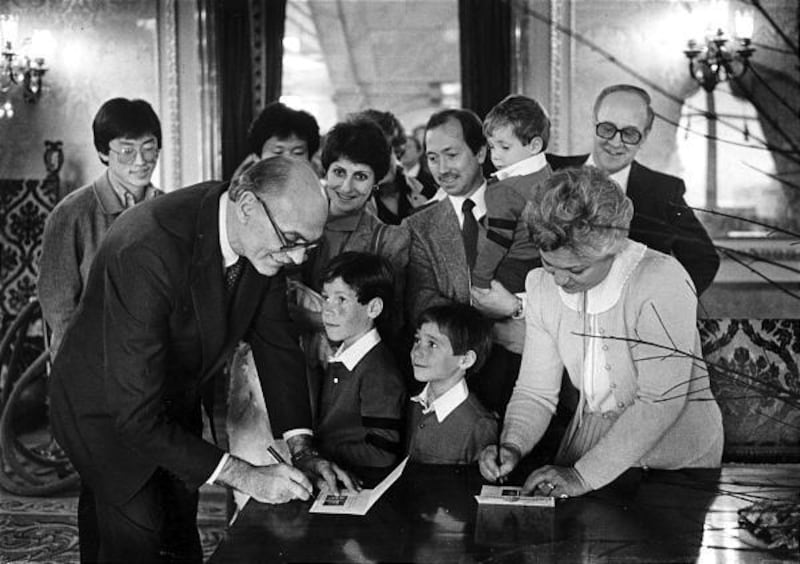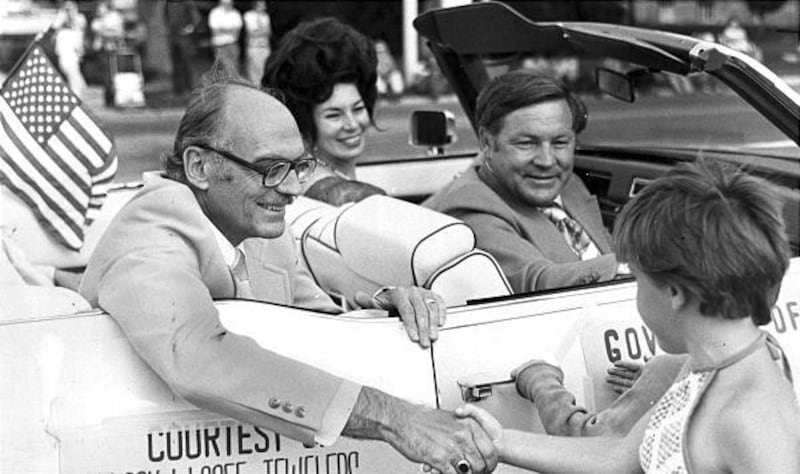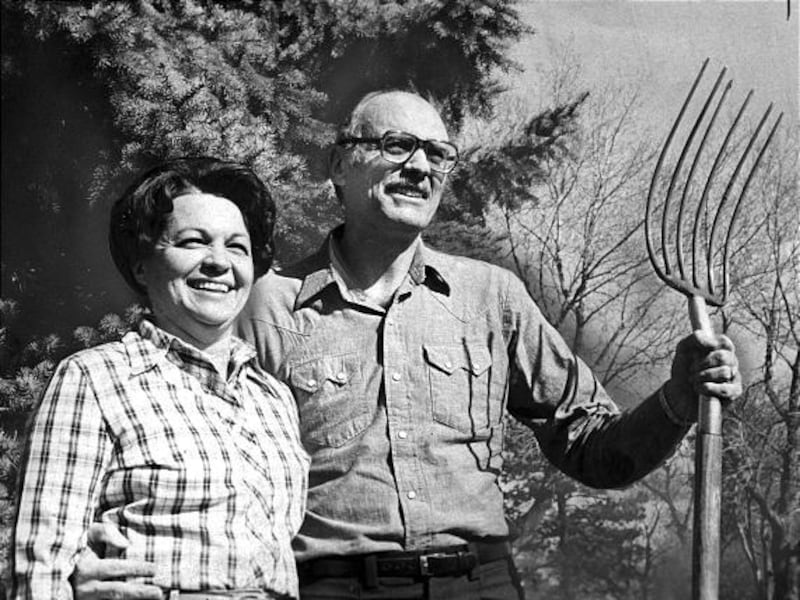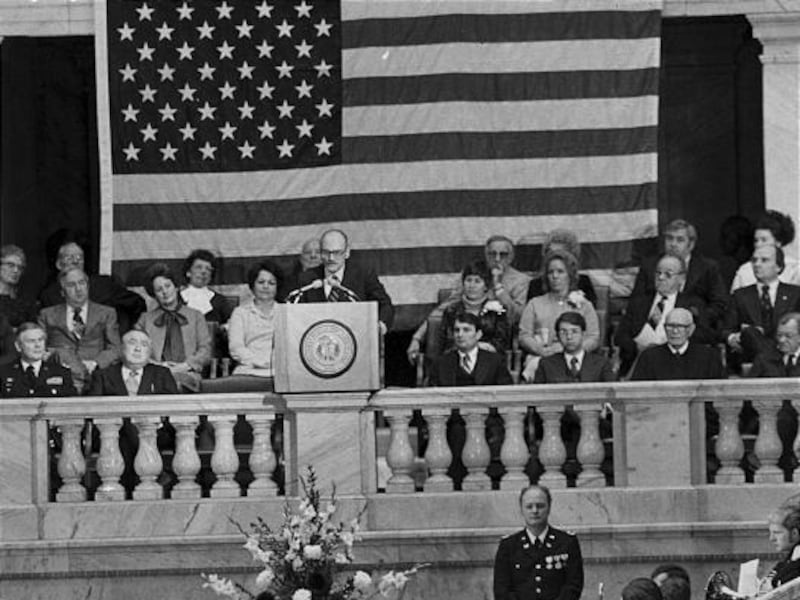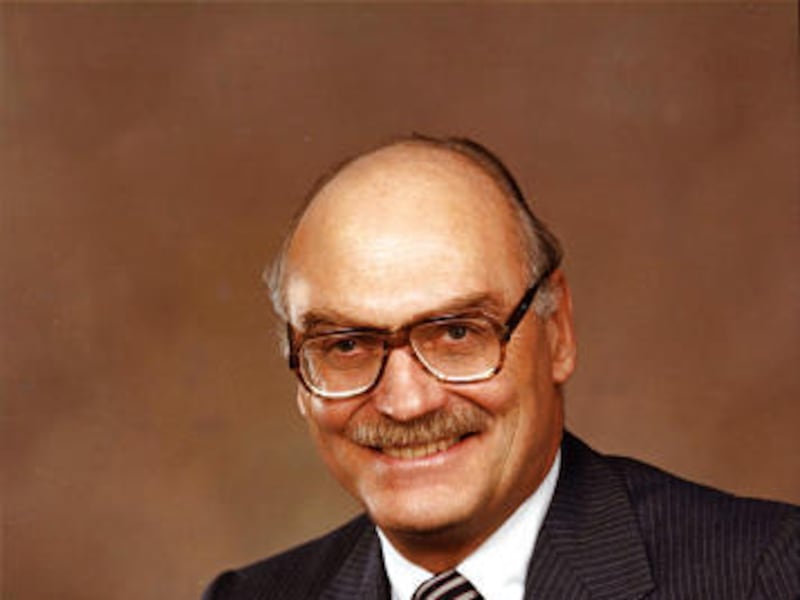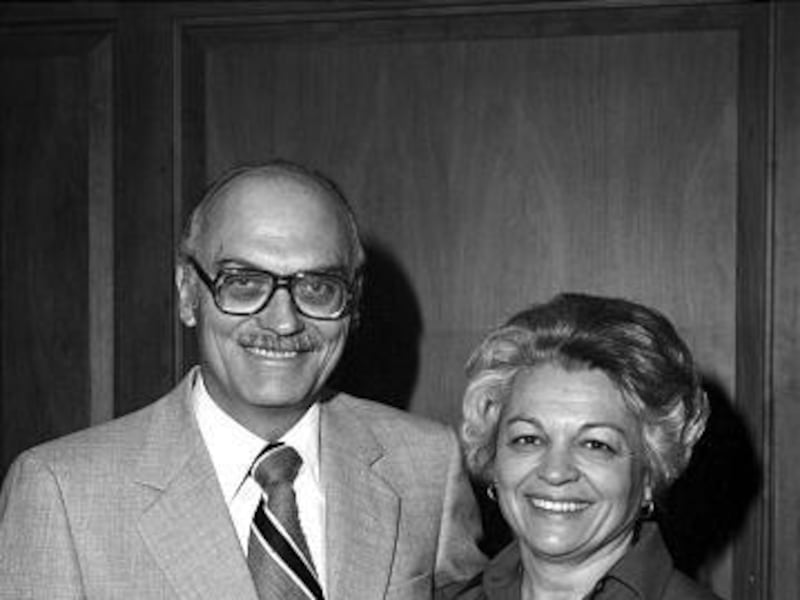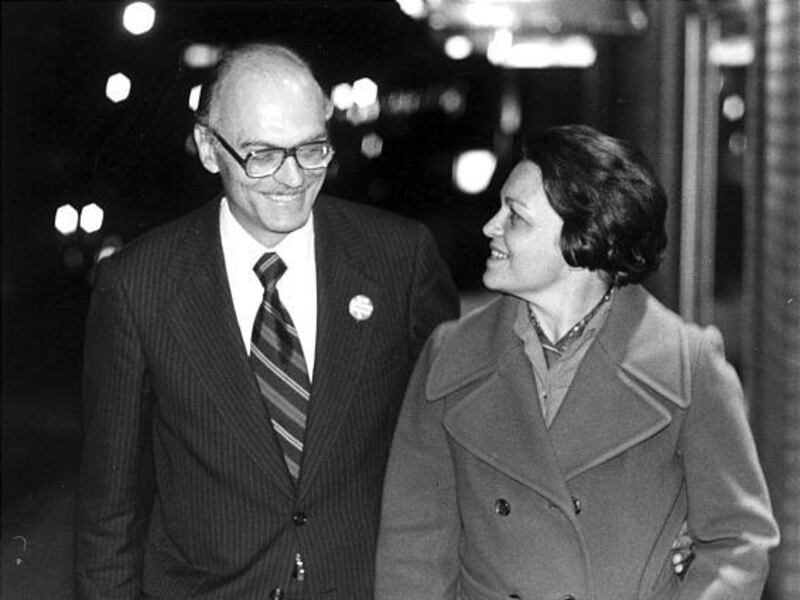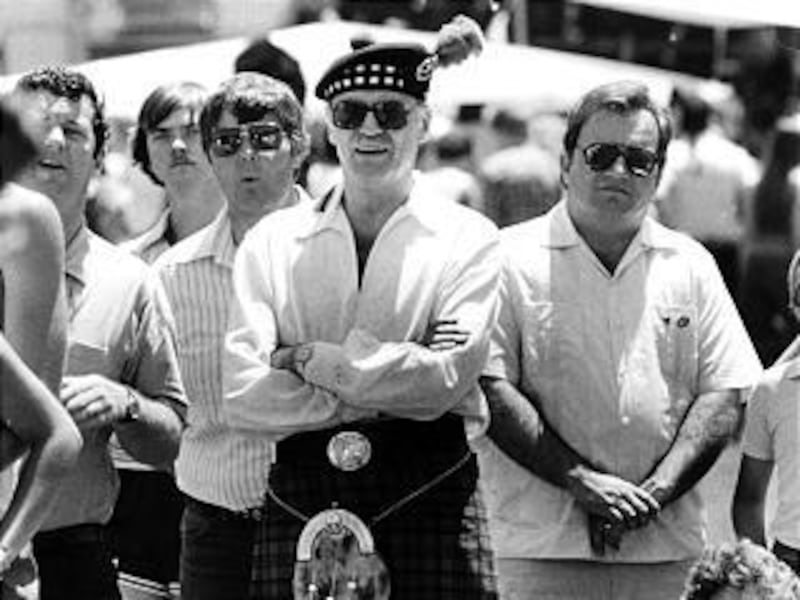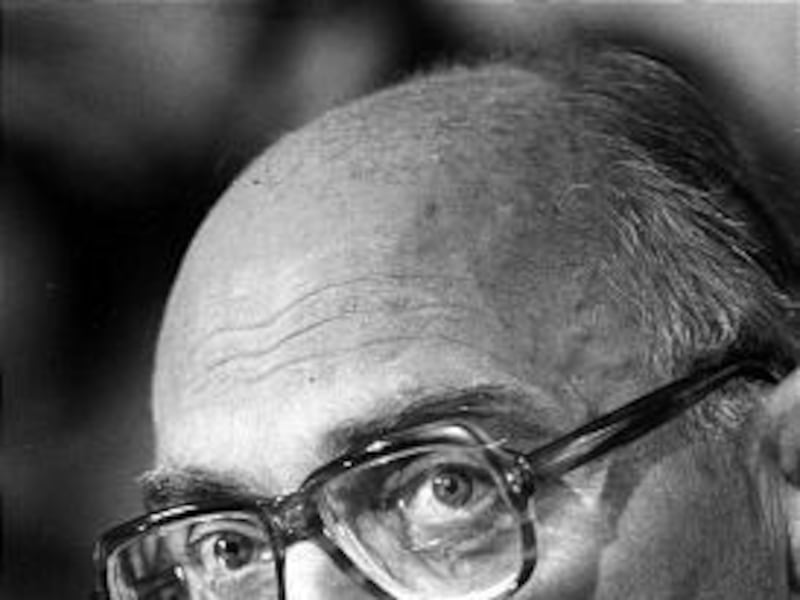SALT LAKE CITY — Scott M. Matheson was an anomaly.
He came from virtual anonymity to be elected Utah's governor in 1976, and four years later he won re-election as a Democrat in the same year that Ronald Reagan's coattails were carrying Republican's into political office all over the country.
Matheson was the state's last Democratic governor and was popular enough when he retired in 1985 that he might well have won election to a third term.
In a story looking back at Matheson's career, printed in the Oct. 15, 1990, Deseret News shortly after Matheson's death from cancer, Dennis Lythgoe wrote:
"He was a Democrat in one of the most Republican states in the union, yet he was admired and respected from the beginning by Utahns of both political parties because he was likable, diplomatic and effective with people — and because he was fiscally conservative.
"In return, heavily conservative Utah forgave him his support of such controversial issues locally as Planned Parenthood and the Equal Rights Amendment (normally the kiss of death) and his opposition to censorship of cable television."
Over the eight years he served as governor, Matheson was the subject of countless news stories and was photographed often at public events, where he was commonly seen wearing his trademark cowboy boots. Photo researcher Ron Fox has collected many of these photos, which can now be seen on the newspaper website at www.deseretnews.com.
Matheson was an unlikely candidate, a citizen-politician who came to office after a successful career as an attorney and who left politics altogether after his two terms.
He was born in Chicago, but his family moved to Parowan when he was very young, and then to Salt Lake City when he was 5 years old. He graduated from East High School, earned a political science degree from the University of Utah and earned a law degree from Stanford University in 1952. He worked as an attorney for the next 24 years, practicing law in Iron County for five years before taking a position with the Union Pacific railroad. He was general counsel for the railroad in 1976, when he ran for governor.
"When the campaign began, Mr. Matheson's name was identified by only 1.5 percent of the state's electorate in a name recognition survey," wrote New York Times reporter Glen Fowler on Oct. 8, 1990. "But he defeated a former Republican state attorney general, Vernon Romney, and in 1980 won re-election by beating Robert Wright, a former Republican state chairman."
Deseret News political editor LaVarr G. Webb wrote about Matheson on Jan. 4, 1985, as he was leaving public office:
"He has battled federal bureaucrats over the MX missile, nerve gas storage, water projects and nuclear waste. He rode to national prominence as chairman of the National Governors Association.
"He struggled through years of tight budgets, led education reform and oversaw battles with droughts, floods, mudslides and Republican legislators.
"And despite eight years of public scrutiny as Utah's leading citizen, Matheson steps down still something of an enigma. No one can really say just what he's had that has made him so popular in this bastion of Republicanism."
Writing after Matheson's death, Lythgoe tried to put that into words.
"His legacy ... is one from which every Utah governor could learn: Stand with courage for those principles in which you believe. Say what you think — about everything. But do it gently — with grace, then let the chips fall where they may."
Matheson died Oct. 7, 1990, of multiple myeloma, a rare form of cancer that may have been caused by the open-air nuclear bomb testing of the 1950s, "the impacts of which Matheson strove to uncover as governor when he helped lead the fight for more study into the effects of nuclear fallout,"Lythgoe wrote.
e-mail: mhaddock@desnews.com

